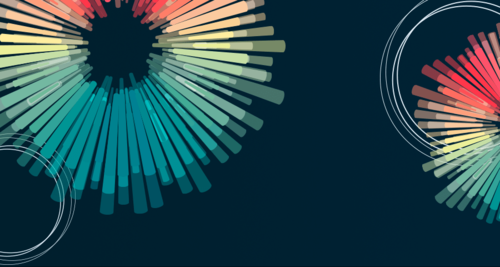
Abstract
Official development assistance (ODA) in 2022 is operating in a rapidly evolving environment. During 2020-21, development co-operation providers saw increased demand for support driven by the COVID-19 pandemic, in order to deal with increasing poverty, hunger, conflict and economic impacts. Now, Russia’s war of aggression against Ukraine is dampening the global recovery, driving inflation and creating cascading crises around the world, including in developing countries. This paper takes stock of how COVID-19 shaped ODA spending in 2020-21, using detailed ODA data available for the first time. It also analyses how the multifaceted crisis triggered by the war in Ukraine might impact ODA in 2022 and beyond.
Yasmin Ahmad, OECD Development Co-operation Directorate and Eleanor Carey, OECD Development Co-operation Directorate
Available as part of OECD Development Co-operation Profiles on the OECDiLibrary here.
The OECD’s Development Co-operation Profiles compile and analyse verified statistics and trends on how development assistance is allocated geographically, to sectors, multilateral and civil society organisations, cross-cutting priorities such as gender equality and women’s economic empowerment and the environment and climate, and to mobilise private finance. The profiles cover official and philanthropic providers of aid, official development assistance (ODA) and development finance. These providers include members of the OECD and its Development Assistance Committee (DAC), other countries and philanthropic foundations. The profiles also give an overview of key strategic and policy priorities for development co-operation, the institutional set-up and evaluation systems.